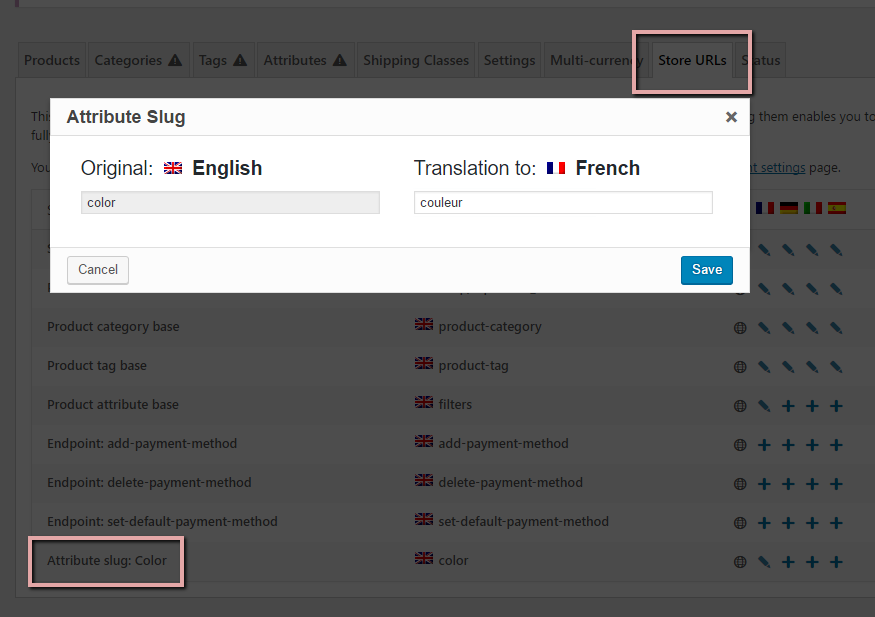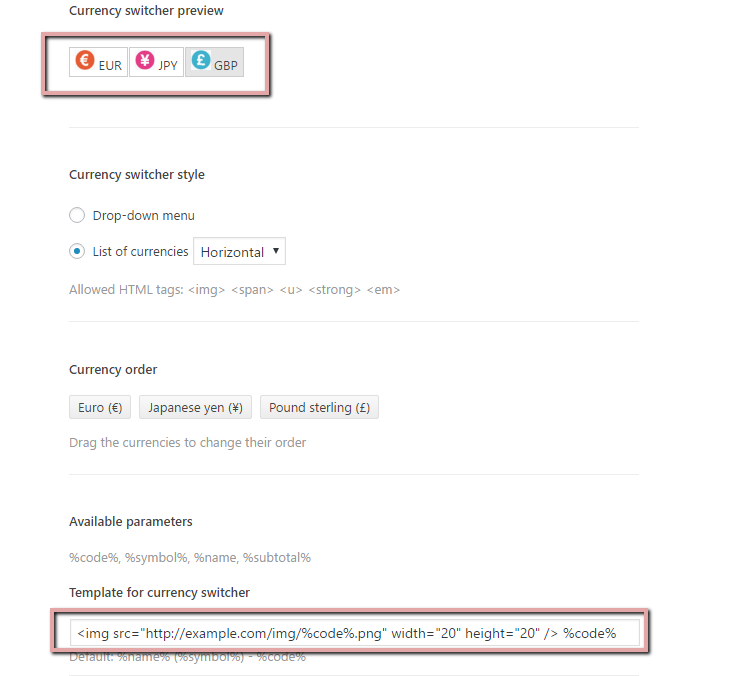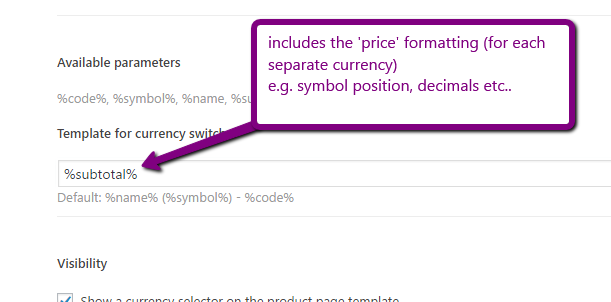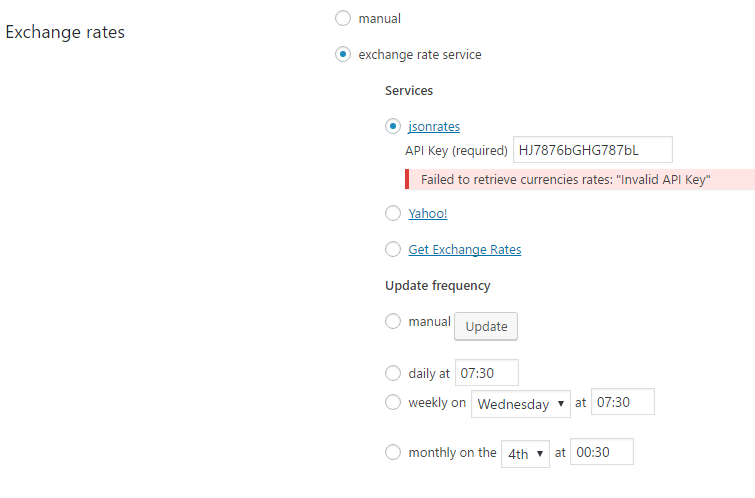This version packs new functionality, compatibility with the upcoming WooCommerce major release, and improved usability.
WooCommerce 2.7 ready
WooCommerce 2.7 introduces some code refactoring that required code in our plugin to be updated as well. Some of the areas covered involve coupons and orders.
Since WPML Multilingual & Multicurrency for WooCommerce versions prior to 3.9 will not be fully compatible with WooCommerce 2.7, we recommend upgrading WPML Multilingual & Multicurrency for WooCommerce before upgrading to WooCommerce 2.7.
The 3.9 version of WPML Multilingual & Multicurrency for WooCommerce will still be compatible with versions of WooCommerce prior to 2.7.
New functionality
Translate custom taxonomies from the WPML Multilingual & Multicurrency for WooCommerce page
Some WooCommerce extensions or themes define custom taxonomies for products. If these need to be translated, they will now appear under on the WooCommerce -> WPML Multilingual & Multicurrency for WooCommerce page, next to product categories, product tags, and attributes.

Translate attribute slugs
Translating attribute slugs allows you to have fully translated filter-like URLs. For instance, if you set the attribute base for your store to „filters“ (in English), for a global attribute like „Color“, the following URL
http://example.com/filters/color/black/
will display all products having „black“ as a „Color“ (either a variation or standard product).
With WPML Multilingual & Multicurrency for WooCommerce 3.9 it’s possible to translate the „Color“ attribute slug („color“) and have a translated URL like:
http://example.fr/filtres/couleur/noir/
You can translate the attribute slugs from the Store URLs section, on the WooCommerce -> WPML Multilingual & Multicurrency for WooCommerce page.

Note that an attribute should be marked as translatable and have archives enabled in order to be able to translate the slug for it.
Use HTML in the currency switcher
A limited series of HTML tags can be added to the currency switcher template:
img span em strong u
Besides allowing you to customize how the currency switcher looks, you can also add custom icons for each currency.
For example, the following template would include icons for currencies:
<img src="http://example.com/currency-%code%" /> %code%

Note that using HTML in the currency switcher is only possible when using the List of currencies style.
Cart total in the currency switcher
Another addition to the currency switcher is the possibility to include the total of the cart by using the newly available parameter: %subtotal%
You can set this in the currency switcher template, under the multi-currency options in the backend.

This parameter is useful when you want to show the total of the cart in all available currencies. It will display a formatted price so the currency symbol or code doesn’t need to be added.

UI changes
Based on the feedback we got from our users, we’ve made several changes and additions to the backend UI. We think that these represent an important step towards improving the user experience. We also plan to continue these usability improvement efforts in the upcoming releases.
Over 20 things were touched and here are few of the most prominent changes included in this version:
- The setup wizard runs automatically after activation.
- Moved the WPML Multilingual & Multicurrency for WooCommerce submenu under the WooCommerce menu.
- Added two new subsections to the Status section: products and multi-currency.
Compatibility
We’ve fixed one more compatibility issue with WooCommerce Bookings where the custom prices were not displayed correctly in the second currency.
This version address also some issues that were reported about WooCommerce Product Add-ons and WooCommerce Tab Manager
Coming up next
One long-awaited feature for our plugin is to have exchange rates that update automatically. We’re preparing this for the next release along with more usability improvements, compatibility with more WooCommerce extensions, and more.
In short, we want to enhance the existing multi-currency functionality by integrating two or three (for now) currency exchange services with our plugin. This will allow having prices in the secondary currencies that are always up to date and without you having to do anything.

The services that we plan to include in the first phase are:
For most stores, regardless of the sales volume or daily traffic, this will not come with an extra cost. These services are either free or include a free plan that includes 1000 request per month, which should be plenty.
This feature is still in development so, if you have ideas or suggestions we’d love to hear about it. Please drop a comment at the bottom of this page and share your thoughts with us.
Getting the update
You should receive this update automatically to the WordPress admin. If you want, you can also download WPML Multilingual & Multicurrency for WooCommerce from the WordPress downloads page.
We’re working hard on making our plugin an important component of WooCommerce based online stores. You can support us by rating WPML Multilingual & Multicurrency for WooCommerce and share your experience with other interested people. Thanks in advance!
